Victoria - In a report released today, the Forest Practices Board criticized the government's approval process for the location of a bridge across the Babine River, near New Hazelton.
Both the Ministry of Forests and Ministry of Environment, Lands and Parks knew they had a significant disagreement about the location of the bridge and its potential impact on wildlife. The ministries failed to implement a dispute resolution procedure and the Ministry of Forests approved the bridge before addressing the Ministry of Environment, Lands and Parks' concerns for wildlife habitat protection.
The location of the bridge had been the topic of public planning meetings and talks among government agencies, First Nations and public organizations for several years. However, the approved location was different from one identified earlier in public planning reports. The Board received a complaint that the Ministry of Forests' process for approval of the bridge was not fair.
The Board found that the approval process was flawed and that there should have been more public input before the approval of the bridge location.
"Although the approval complied with the Forest Practices Code, it created an appearance that the decision-making process was not fair. This has reduced public confidence in the administration of the Code. The Babine Land and Resource Use Plan indicated that further consultation would take place before a decision on the bridge location was made but that did not happen," said Keith Moore, Chair of the Forest Practices Board.
The dispute between the ministries became public knowledge after the Ministry of Forests approved the forest development plan, which included the bridge location, without having addressed the issues and concerns. This dispute and the ministry's decision to not publicly communicate the approval for the location contributed to a perception of an unfair process, particularly when the disagreement between the two ministries became public knowledge.
The Board has recommended that the Ministry of Forests give reasons and notify the public when making decisions that are potentially contentious, or that involve matters where there has been significant public interest and involvement.
The Board also found that the Ministry of Environment, Lands and Parks is not reviewing forest development plans in some districts. The Board is concerned that this presents a risk that a similar situation could occur again, and has made recommendations to both ministries as a result. "Government should explain how it will manage the risk when the Ministry of Environment, Lands and Parks is unable to provide advice on resource management decisions and the potential effects on fish and wildlife," said Moore.
The Babine Bridge was built to provide access to timber on the north side of the river and address Repap Carnaby Inc.'s lack of wood supply. The bridge crosses the lower Babine River close to where it meets the Skeena River. This area is rich in timber, wildlife and recreation resources.
The Forest Practices Board is BC’s independent watchdog for sound forest practices. The Board provides British Columbians with objective and independent assessments of the state of forest planning and practices in the province, compliance with the Code, and the achievement of its intent. The Board’s main roles are: auditing forest practices, undertaking investigations in response to public complaints, undertaking special investigations of any Code related forestry issues, participating in administrative reviews and appeals, and providing reports on Board activities, findings and recommendations.
Forest Practices Board
Phone: (250) 387-7964
1-800-994-5899
